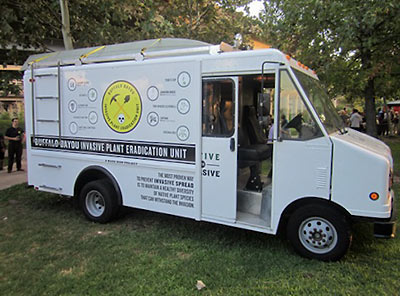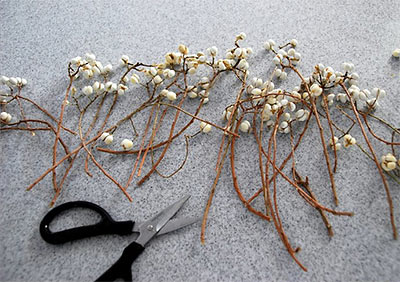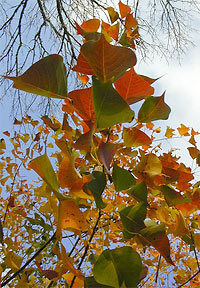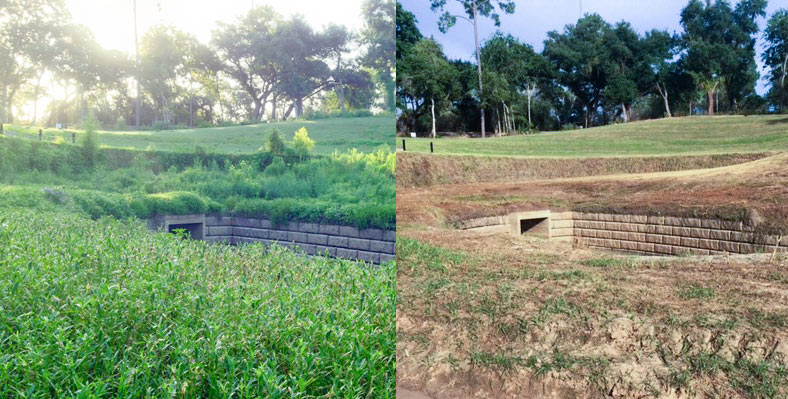
The folks at Save Buffalo Bayou send over some before-and-after photos of the Memorial Park boat launch and companion drainage structure just east of where the stream crosses beneath Woodway Dr. The group says the canoe and kayak put-in spot, on a 30-acre section of the park once used as an archery range, had been slowly greened back up by native river plants following the area’s multi-year closure and workover by the Uptown TIRZ, which involved some de-treeing work and the planting of some contractor-friendly non-native grasses on the newly reshaped slope.
Memorial Park director Jay Daniels told the group that the mowing was not planned, as park groups are currently trying to promote native plant growth in the park. Daniels said that he talked to a work group clearing some bayou access paths this weekend about removing some invasive Johnsongrass at the site; the conversation apparently led to some confusion, which led to mowing, which led to many folks being given a stern talking to.
Here’s a post-op look from July 2014 at the drainage setup (also intended to control bank erosion), partially covered in what appears to be eroding dirt and deposited sediment:


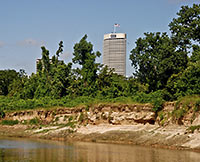 Though much of the
Though much of the 